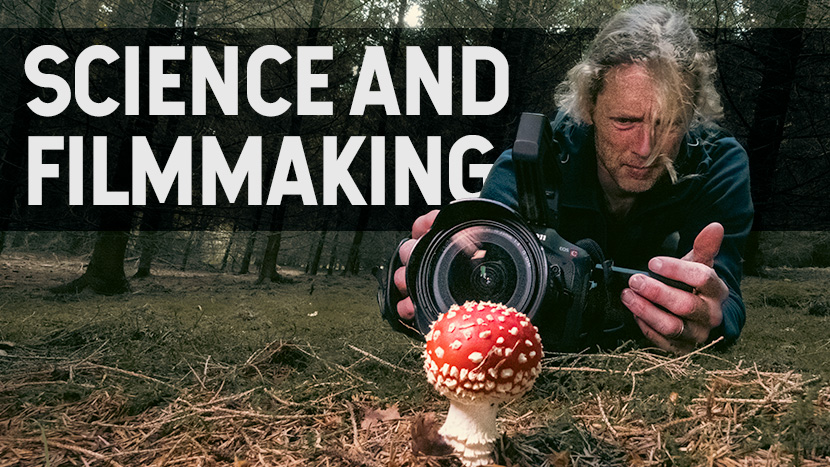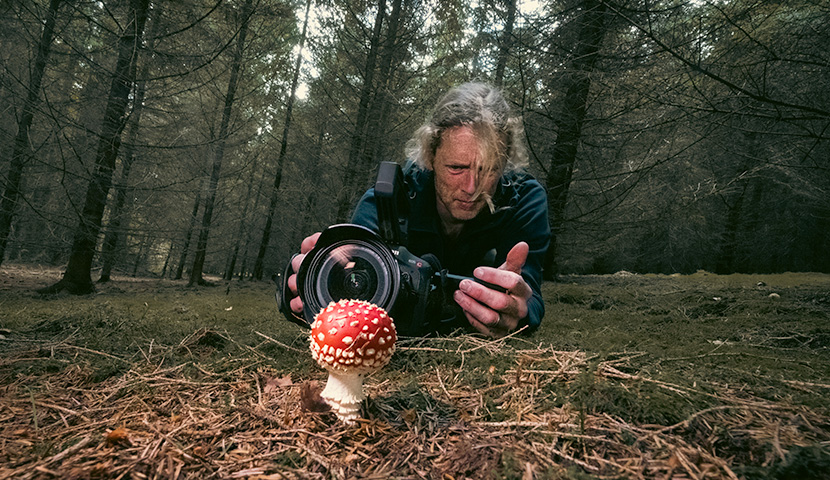Science Photography Filmmaking – The Hidden Links Between Them
Technology and science advance together as a result of one another
Building new technologies using scientific knowledge often leads us to make new discoveries about our environment, which in turn enables us to expand our scientific knowledge base, which in turn stimulates the development of new technologies and so forth

For example, it’s hard to imagine that just a few years ago, Online sports betting in Ontario and all over the world was a very undeveloped and unknown sector. However, because of advances in technology, it is now among the most widely used forms of gambling.
The same goes for technological developments in Photography and Filmmaking throughout time. The alluring texture of the film imaging, the hum of the projector, as well as the natural flow of illumination into the lens and onto the screen, have all stayed almost identical over the course of more than a century, despite the fact that cinematic technique and style have grown and varied greatly.
However, there has been a technical revolution in filmmaking over the past ten years. Most Hollywood films, and most films created everywhere in the world for that matter, are past being shot on photographic film but rather with digital cameras and stored as pixels and bytes, ones and zeroes, through an apparently transparent process that some directors find distressingly enigmatic.
How Science Changed Photography & Filmmaking
Most people are intuitively aware that, for the majority of its existence, digital video (DV) appeared less appealing and more lifelike than film. Early-generation DV had a very “lossy” format that produced images that appeared both harsh and muddy. The digital format had an irregular and artificial-looking color palette up until quite recently, especially when it comes to human skin tones.
Digital formats have historically had substantially less “latitude,” or the ability to expose an image too brightly or too dimly and yet achieve a useable or appealing result.
Comparing digital cinematography capture and film capture, there are significant technical distinctions. Light is focused through a camera lens one frame at a time at the beginning of every operation. However, there is no picture exposure and no chemical change when taking a picture digitally. Instead, light hits a camera sensor, a special circuit that transforms light into electrical data.
Complementary metal-oxide semiconductors, or CMOS, are the most common type of image sensor. The conversion of this into digital data, which consists of images made up of a range of pixels, follows. The specialized codec (coder-decoder software) and formatting software present inside every digital camera perform that afterward, completely in the dark.
The output image can be altered in a variety of ways by the director and cinematographer, yet they have no control or access to how the data was originally encoded. When using digital cameras, you are always constrained by the programming decisions made by others.
According to Gordon Arkenberg, who has shot a number of independent features and directs a course on the science of cinematography at NYU. It is the software that decides how an image should emerge. The same software that was written by computer engineers, who don’t necessarily have a background in the visual arts.” This is the “black box” issue, as some cinematographers refer to it.

Web browser Aesthetic
In electronic cinema, a frame is a period of time rather than an object.
As a result, the classic montage’s elements of juxtaposition and transposition are not required to transition between time segments. Montage and juxtaposition are not as commonly used in computer operations.
On a computer, one can multitask, have multiple windows open, and follow a convoluted, non-causal order. These routine actions signify a shift in the way people view and engage with audiovisual communications and culture.
Computer editing makes new montage techniques simple since it makes manipulating the frame simple. Split screen and back projection made this conceivable in the past, but they were significantly more labor-intensive and hence remained as “special effects” or gimmicks rather than an organic design. Thus, the non-linear editing software and the viewers’ exposure to digital audiovisual culture both innately support and extrinsically demand the web browser aesthetic.
Hybrid Cinema
Digital intermediaries (DIs) and digital editing are now widely used. Filmmakers can digitize any capture medium using the DI, the change of color, and other aspects of the images using computer software. Most frequently, this is employed to modify colors for feel, match various lighting circumstances, or get rid of a safety line or blemish rather than for typical special effects.
Most frequently, this is employed to modify colors for feel, match various lighting circumstances, or get rid of a safety line or blemish rather than for typical special effects. Video editing and compositing within the frame are becoming just as popular as montage among frames. Compositing enables the creation of hybrid moving images by combining animation with live-action and allowing live-action to be readily captured, dissected, and reassembled.
The majority of live-action imagery on screens looked the same as they had done in front of the camera before the advent of these digital techniques, but since the blended digital image no longer needs to portray the vision of a real-time and place, the conventional distinctions among animation and live-action have become blurry. The camera no longer always “works as a real object, co-existing geographically and temporally with the reality it is showing us.

Conclusion
Digital and computing technologies have liberated cinema from the constraints of specific aesthetic and artistic motifs and languages that are inherent in film.
The partnership between the filmmaker and the machine is made possible by the camera acting as a computer, creating new affordances that are more suited to computer operations than filmic vision.
This is not to argue that the aesthetics and styles mentioned above couldn’t be achieved through cinema, nor does it mean that the new mode fully rejects earlier filmic approaches. Advanced wildlife filmmaking and most modern movies, if not all of them, stick to classic patterns of storytelling.
































































































